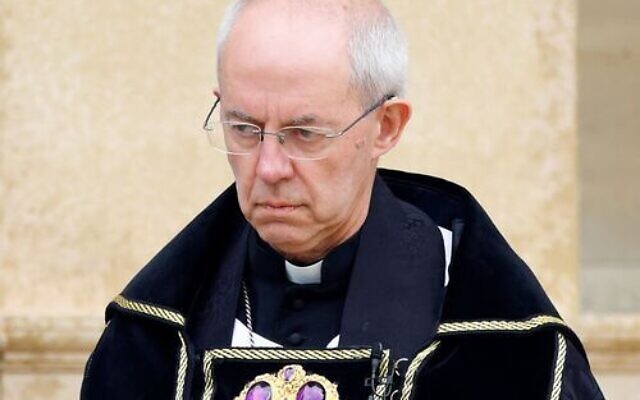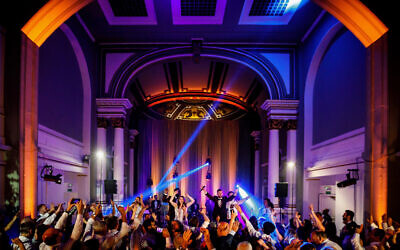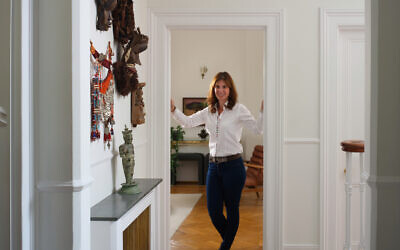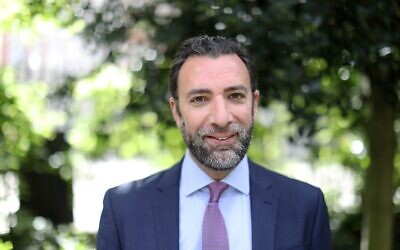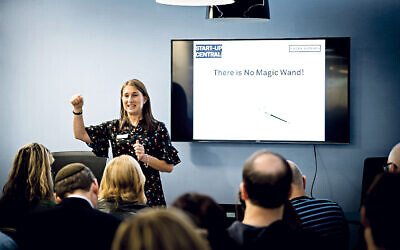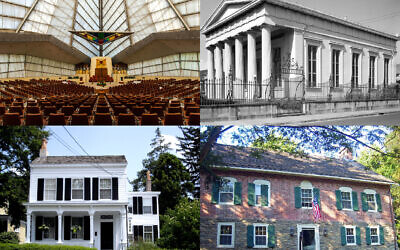Making Sense of the Sedra: Yitro
The intersectionality of Revelation’s drama and law
Rabbi Ariel Abel is based in Liverpool
This week at the General Synod of the Church of England, the Archbishop of Canterbury delivered his loyal address to His Majesty The King, the supreme governor of the Church of England, on the occasion of his accession to the throne.
Archbishop Welby mentioned the new challenges and opportunities in the times in which we live – how history has progressed, science and technological developments have been more rapid than any of us could forecast, how culture has changed. With all the changes, reassurance has always been there in the form of the late Queen, and now with King Charles, who has been “extremely prescient” about these changes, having spoken about climate change for many years, probably 50 years ahead of his time in recognising those threats. “Like his beloved father, the Duke of Edinburgh, he has been aware of, and fascinated by, the potential of scientific and industrial solutions to our modern problems,” said Archbishop Welby, mentioning in that context the King’s activity in the interfaith area.
Parasha Yitro’s Ten Commandments, as they are popularly known, or Ten Pronouncements – Aseret HaDevarim – as the Torah calls them, are bellowed and trumpeted, accompanied by peals of thunder, flashes of lightning and stage smoke. An abrupt turn of genre and verse takes place in the following reading, Mishpatim: “Now, these are the precepts which you will put before them”. From an earth-shaking, heaven-splitting melodrama we are dropped without warning into a calm classroom on law and ordinance, where we are informed extensively on human rights, starting with the limits imposed upon the enslavement of others, penalties for capital offences, offences against the person, tortious obligations and restitution.
Revelation at Sinai in all its violent, apocalyptic drama gives sudden way to a lecture theatre for one million in civil society. Towards the end of Mishpatim, we discover that the lecture on civil code was an interruption of the main theme: Revelation. Apparently, Revelation did not finish at the end of parasha Yitro. Almost unnoticed, but very present towards the end of Mishpatim, is the most graphic illustration of Revelation yet: a vision of Elohim, a vision of God Himself.
The apparent incursion of the Civil Code of Israel is not to be seen as an interruption of the divine, a cutting into the Revelation, but part of it – a reassurance as it would remain forever, that no matter how far we progress as a human race, we would always have in focus a moral code by which we can live our lives. Archbishop Welby’s words are an Anglican echo of a long-standing, Abrahamic and Mosaic constant: the Ten Commandments and the Civil Code of the Torah as an eternal touchstone of ethics and moral text and context.
This is the closest that we get to actualising the blatant co-identification of the human species with God: that we are so created, in the image of God. Hence, the Civil Code is not a detail following on from Revelation put a constituent part of it. Thus, the readings of Revelation are a double-bill: Yitro-Mishpatim – two parashiyot, not one. The throbbing sensation and deep impact of the Revelation compels the faithful reader in that context in law and civil society; namely, to see, or gaze upon the image of God when seeing another human being.
.

Thank you for helping to make Jewish News the leading source of news and opinion for the UK Jewish community. Today we're asking for your invaluable help to continue putting our community first in everything we do.
For as little as £5 a month you can help sustain the vital work we do in celebrating and standing up for Jewish life in Britain.
Jewish News holds our community together and keeps us connected. Like a synagogue, it’s where people turn to feel part of something bigger. It also proudly shows the rest of Britain the vibrancy and rich culture of modern Jewish life.
You can make a quick and easy one-off or monthly contribution of £5, £10, £20 or any other sum you’re comfortable with.
100% of your donation will help us continue celebrating our community, in all its dynamic diversity...
Engaging
Being a community platform means so much more than producing a newspaper and website. One of our proudest roles is media partnering with our invaluable charities to amplify the outstanding work they do to help us all.
Celebrating
There’s no shortage of oys in the world but Jewish News takes every opportunity to celebrate the joys too, through projects like Night of Heroes, 40 Under 40 and other compelling countdowns that make the community kvell with pride.
Pioneering
In the first collaboration between media outlets from different faiths, Jewish News worked with British Muslim TV and Church Times to produce a list of young activists leading the way on interfaith understanding.
Campaigning
Royal Mail issued a stamp honouring Holocaust hero Sir Nicholas Winton after a Jewish News campaign attracted more than 100,000 backers. Jewish Newsalso produces special editions of the paper highlighting pressing issues including mental health and Holocaust remembrance.
Easy access
In an age when news is readily accessible, Jewish News provides high-quality content free online and offline, removing any financial barriers to connecting people.
Voice of our community to wider society
The Jewish News team regularly appears on TV, radio and on the pages of the national press to comment on stories about the Jewish community. Easy access to the paper on the streets of London also means Jewish News provides an invaluable window into the community for the country at large.
We hope you agree all this is worth preserving.


